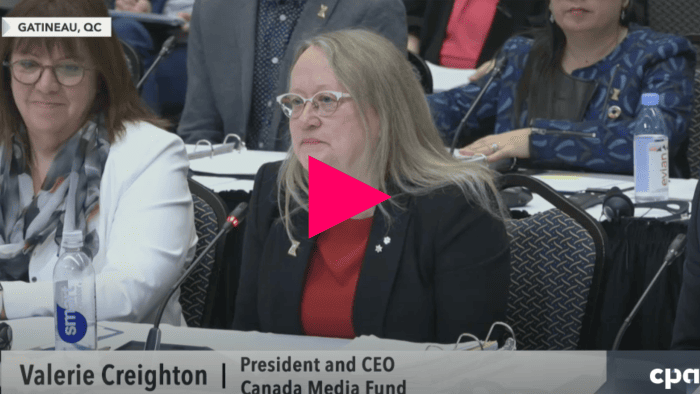CRTC hearings on Vertical Integration
Trendscape is also a window on CMF's employees. Through much of their hardwork and expertise, they contribute in creating a better understanding on the challenges and issues faced by the broadcasting system. The following entry is authored by Neal McDougall, Policy Analyst at the Canada Media Fund. Neal has researched and shaped the policies and programs of the funding agency, as well as its predecessor, the Canadian Television Fund, since 2005. A lawyer by training, Neal received his LL.B. from Osgoode Hall Law School in 2003. Previously, he worked in the film and television industry in a variety of writing and production roles. He holds a BFA in Film & Video Production from York University.
The hearing phase of the CRTC public proceeding on vertical integration concluded recently after six days of discussion and debate. Intervenors have now submitted final written comments to close out the public participation phase.

The CMF has been following the proceeding with interest as the trend towards greater vertical integration in broadcasting will have impacts across the sector. Several of the CMF’s own policies turn on whether or not a broadcaster is part of a larger corporate group, in particular policies around the use of a broadcaster’s Performance Envelope—for example, the transfer and exchange of Performance Envelope amounts.
One of the main issues discussed in the proceeding was platform rights exclusivity: the potential ability of a broadcaster to make rights to one or more of its TV shows exclusively available on, for example, a VOD service owned by a corporate cousin. Debate ensued on whether this would be appropriate, and some intervenors such as the WGC have suggested that such a practice should be prohibited where public funds are involved. The WGC, “proposes limiting exclusivity to content that has not been funded directly or indirectly by public monies. Both linear and original digital content which have been funded through CMF, tax credits, independent funds, for example, should be accessible to all Canadians.”
Another issue was whether the CRTC’s tangible benefits policy, eliminated in 1996 in the case of transfers of ownership or changes in control of distribution undertakings, should be reinstated for those entities. Several BDUs, in opposing this idea, noted their current contributions to funding bodies such as the CMF as evidence of their ongoing commitment to the Canadian broadcasting system. The CMF will follow this and other CRTC proceedings as the media industry continues to grapple with the issues facing the sector.
